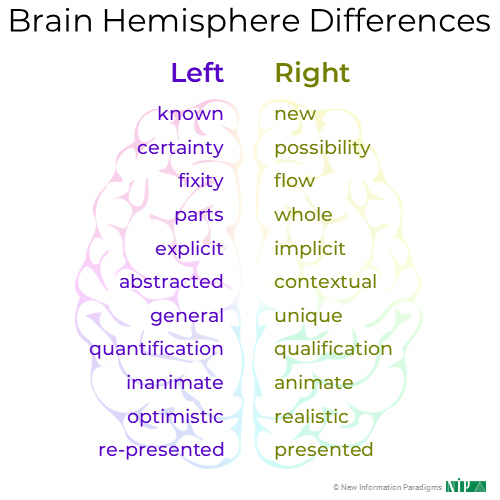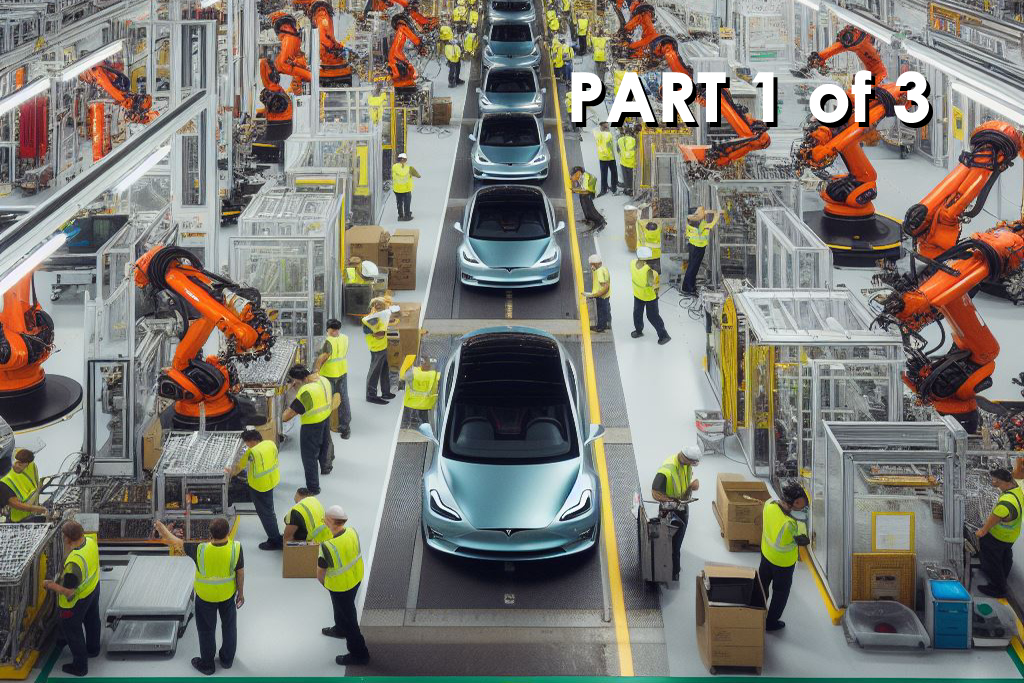Value Management: People-Centred
Whether it’s McKinsey, Deloitte, or any number of other sources, people are rightly understood to be a key resource – even the key resource.
Diversity, recruitment, retention, wellbeing, morale and culture are all high up the list of priorities for most organisations.
Everyone wants to be “people-centred”, and there are certainly important ways in which people are treated more flexibly, sensitively and compassionately in the workplace than in the past.
Being “People-Centred” in Name Only?
And yet – to continue with McKinsey and Deloitte as examples – being “people-centred” primarily then involves implementing “the backing of the right structures, systems, and skills” and “managing their end-to-end work experience“. In other words:
- Culture is to be created and values are to be instilled.
- Roles are to be designed and specified, for talent to slot into.
- Behaviours are to be chosen, incentivitised and taught.
- Change is to be driven.
So, whilst it may not be the intention, people are still ultimately “cogs” in a “machine”.
Reflecting familiar and long-standing (but failing) management approaches, things work principally top-down, where each person has a known place and function, and where each person can be “worked on” and trained to “upskill”.
The problem is that this fails to understand that people are unlike any other kind of resource; it fails to truly engage and motivate them; it fails to recognise how they most effectively think, work and organise themselves.
The most valuable resource that is people is being squandered.
Realising the Implications: Being People-Centred
Being truly people-centred means recognising that it is people that are at the root of Complexity, and so just as it is crucial to understand how Complexity “works”, the same is true of people.

This begins with the fundamental nature of how our brains work, where (whilst much remains mysterious and debated) it has long been recognised that the brain’s two hemispheres are distinct:
- The left hemisphere primarily deals with order, consolidation and the familiar: its focus of intention is action.
- The right hemisphere is more about inspiration, creativity and discovery (the source of “innovation” that is so often called for): its focus of attention is the context for action.
As it stands, though, conventional “people-centred” approaches reflect all conventional approaches in that they are almost entirely biased to the left hemisphere attributes.
As features heavily in the work of Iain McGilchrist, this suppresses the at-least-as-important right hemisphere attributes, and has serious consequences:

Value Management consciously redresses this imbalance through the Things That Matter and Value Codes as deployed in Diagnostics:
- The Things That Matter capture and express purpose and Value, around which people naturally coalesce and self-organise, rather than being directed – fostering empowerment and discernment.
- Value Codes are deliberately designed to put relentless focus on the creative tension between the current and desired state for the Things That Matter – between left- and right-brain – to stimulate mindful and insightful inputs, and reflecting how we learn.
- Diagnostics organise and present Value Codes informed by a deep understanding of the different ways that people conceive of Value and think about it (Value Modes).
“Structure” is therefore involved, but only as far as necessary to facilitate, catalyse and channel engagement, creativity and motivation.
People can also engage at scale – potentially everyone involved – such that the technology that has such an accelerating effect on Complexity is harnessed to counteract its impact.
And Diagnostics also achieve true diversity and inclusion:
- Diversity of participants and diversity of thought.
- Inclusion of those that would otherwise be beyond the reach of interviews, workshops and consultations.
- The creation through anonymity of a safe space that encourages honest input.
- Adopting the appropriate Perceptual Position for those involved and supporting the understanding of Perceptual Positions.
Finally, being people-centred means understanding, finding, connecting and empowering the balance of people most crucial to embedding, spreading and scaling change:
- We have identified three key roles that need to be filled: the change champion, the transformational leader and the change stabiliser.
- Those with passion, ability and desire to fulfil these roles naturally reveal themselves through the discipline of Value Management.
The results?
- The actions of customers and employees, partners and investors are orchestrated through a shared, identified purpose that has meaning for all.
- The appropriate behaviours and self-organisation naturally emerge – a dynamic of Complexity – rather than being compelled or driven.
- The true potential of human intelligence is released – augmented by AI where it is beneficial to do so.
In this way, as with technology, a principal factor in Complexity (people) is harnessed to counteract and overcome its effects.

Featured content:
The people needed to realise change:
Articles related to People:
Tesla & Value Management: Part 3
Tesla & Value Management: Part 3: Learning Part 1: How Tesla embody Value Management practices Part 2: How Tesla really are led by Value and have shown that it works Part 3: What the rest of us…
Tesla & Value Management: Part 1
Tesla & Value Management: Part 1: Practices Part 1: How Tesla embody Value Management practices Part 2: How Tesla really are led by Value and have shown that it works Part 3: What the rest of us…
Two Kinds of Simple
Two Kinds of Simple: Which is Right? “Simplicity is the ultimate sophistication.” Leonardo da Vinci Human beings all seek simplicity. Whether it’s Occam’s Razor in problem-solving, the KISS principle in systems design, or the streamlined and intuitive interfaces…
Perceptual Positions
The Importance of Perceptual Positions Perceptual Positions are different perspectives from which to view something. Understanding what these positions are and how to use them can be an extremely powerful way to gain insights and understanding…
Tesla & Value Management
Tesla: the First Value Management Company? [Since this article was first published, a further three-part series has been written that explores the themes in this article in more depth.] I recently came across a ten…
Change Stabiliser Profile
Change Stabiliser Profile A Change Stabiliser is one of three roles we’ve identified as being critical in change initiatives. A Change Stabiliser is a methodical and pragmatic individual dedicated to maintaining organisational order and predictability. They…
Change Champion Profile
Change Champion Profile A Change Champion is one of three roles we’ve identified as being critical in change initiatives. A Change Champion is a versatile, frontline professional, experienced in various roles like project management, business development,…
Transformational Leader Profile
Transformational Leader Profile A Transformational Leader is one of three roles we’ve identified as being critical in change initiatives. A Transformational Leader is a seasoned, influential senior leader, potentially a CEO, rewarded with their role for…








